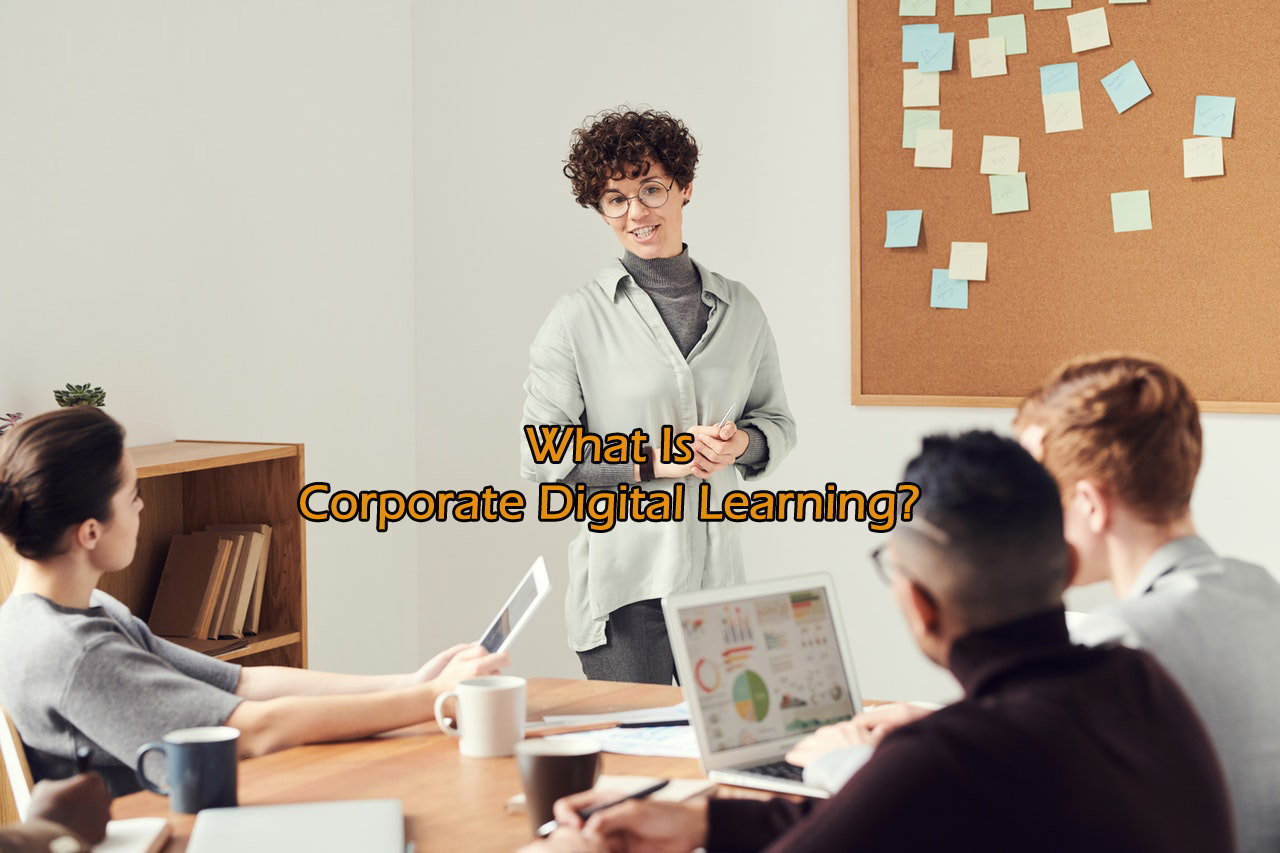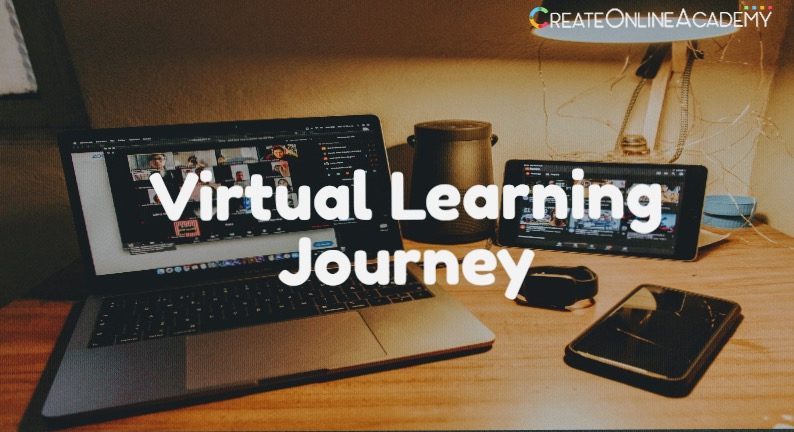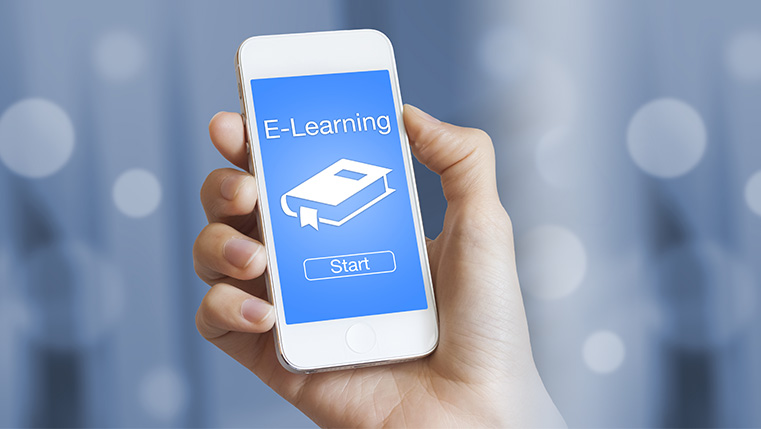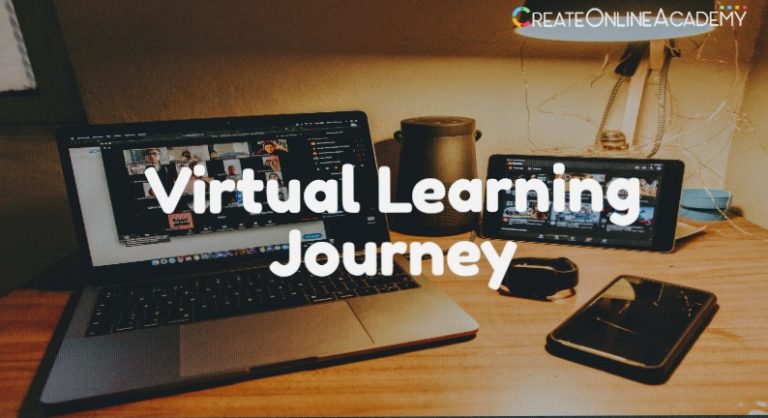Corporate Digital Learning Overview

Corporate digital learning is not an approach to training employees. It is not a format for content delivery, nor is it a set of instructions for creating eLearning content. It is openness to adapting corporate skills acquisition and performance support to the needs, goals, and behaviors of modern learners. It is recognition that some of the ways we’ve “always done” corporate training may not work anymore—that they’re giving way to self-service problem-solving using digital tools. And it is a willingness to forge new approaches.
Corporate learning behavior is inseparable—and often indistinguishable—from the behavior of digitally connected, curious citizens and consumers. Makes sense, right? Corporate learners are citizens and consumers and generally curious people who learn and problem solve in their daily lives.
But somehow, when those people get to the office, the expectation is that their behavior will be different. That’s a mistake. Recognizing that behavior around how people live and learn has changed as a result of digital technology—and exploring those changes—is the key to understanding how this behavior will drive change in the learning and development industry. The behavioral changes, and the resulting shift in learning and training paradigms, as an evolution of corporate digital learning.
Google Doesn’t Know Everything
Despite the vast amount of information and misinformation on the internet, not all topics are Googleable. Companies with proprietary information and processes will still need to educate and train employees on those company-specific topics. Likewise, employees in many companies will always require on-boarding training that introduces them to the culture and mores of their new workplace.
L&D clearly still plays a role here in designing, developing, and delivering this training.
But. There’s always a “but.”
The digital learning paradigm looms large here; modern consumer learners have an increasing appetite for new modalities of training that offer flexibility and don’t overload them with superfluous information. The digital learning approach demands changes in the format that eLearning takes.
Empowered digital learners expect resources to be:
- Available on-demand:- Learners complete training or look for how to solve problems in the moment—when the knowledge is needed—or at times they choose. The days of text-heavy eLearning or formulaic slide decks are, mercifully, gone. Content should be offered in multiple formats, such as podcasts, videos, games, flash cards, chats, and more, to allow employees the flexibility to choose the format they prefer or that works best for the circumstances where they’ll use it. A five-minute video might be ideal during a commute by train, but annoying when the learner needs one specific piece of information that can be found in a searchable database.
- Focused:- Short content that fills a specific need is vastly preferable to comprehensive courses that cover A to Z, soup to nuts—and make it impossible to find the specific information needed right now.
- Searchable:- Internet search is where it all begins. When an individual has a question or a problem, that person whips out a smartphone or tablet and starts searching. Even if an employee is seeking in-house, L&D-developed content, that employee wants to be able to search for it easily and find it fast—not wade through cumbersome menus and files filled with information she already knows.
Therefore, when L&D does create content, that content will look and feel different from much of what L&D has created in the past. Perhaps subject matter experts can be coached in presenting content as mini-webinars or narrated screencasts to share their expertise within the company. Some L&D teams already recruit colleagues to voice roles in podcasts or participate in video games and simulations. Others build and facilitate collaborative social spaces where employees can discuss (curated) content, share questions and solutions, and form learning communities. These and other possibilities are limited only by the creativity of the L&D teams!









